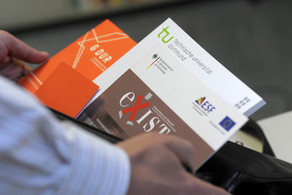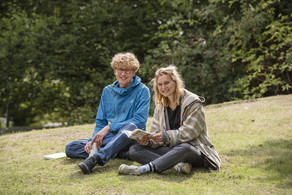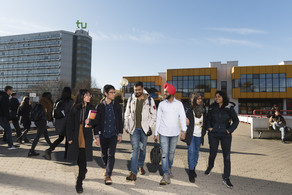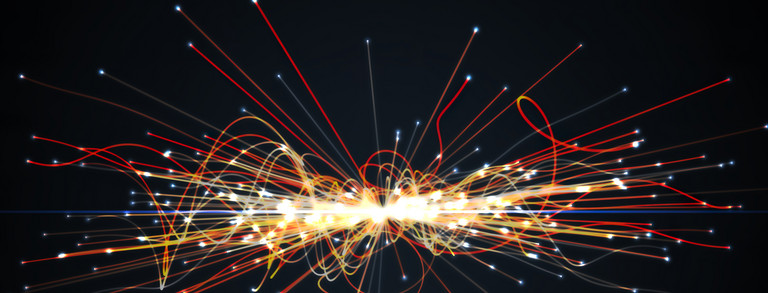Physicists from TU Dortmund University Measure Rare Decays
- Particle Physics
- Top News
- Research
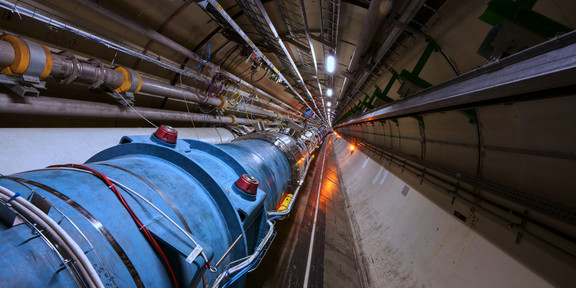
At the Large Hadron Collider (LHC), the most powerful particle accelerator in the world, researchers from around the globe are studying the particle decays produced when protons collide at high energy. The international LHCb collaboration has now published new findings in two prestigious journals at the same time on the extremely rare decay of a Bs particle to two muons. The results corroborate the Standard Model of particle physics. Professor Johannes Albrecht from the Department of Physics and his doctoral students Titus Mombächer and Maik Becker contributed to these articles on the part of TU Dortmund University.
In a circular underground tunnel about 27 kilometers long at the LHC, proton bundles are accelerated almost to the speed of light and made to collide. This generates billions of elementary particles. Huge detectors log their tracks, energy and decay. Physicists from TU Dortmund University are also analyzing these data. The goal is to find possible extensions of the Standard Model of particle physics. The measurements now published are based on data recorded at the LHC over six years between 2011 and 2018. They therefore also contain and summarize the results to date before the LHC is restarted this year after a technical stop lasting several years and prior to the commencement of a new period of data recording.
The two publications deal with the decay of a Bs particle, composed of a quark and an anti-quark, in two muons, that is, heavy versions of the electron. According to the Standard Model, only about three out of a billion Bs particles should decay in this way. That is why vast amounts of data are needed to measure the decay exactly. The LHCb collaboration reports the most precise measurement of the decay rate ever conducted in a single experiment.
The researchers determined the relative frequency of Bs decay and also calculated the upper exclusion limit for the rate of decay of other, similar particles – namely, of B0 meson, which according to the Standard Model is smaller by a factor of 30, and a related variant of Bs decay, where a photon is also emitted. “It could be seen that all measurements are compatible with the Standard Model within the level of precision achieved,” says Professor Albrecht, summarizing the results. “This greatly limits the possibilities for Standard Model extensions.”
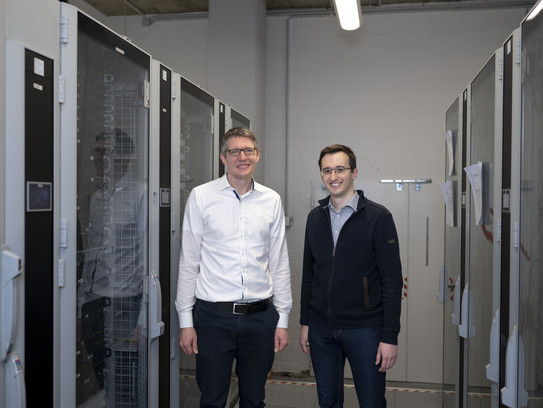


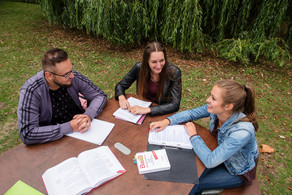
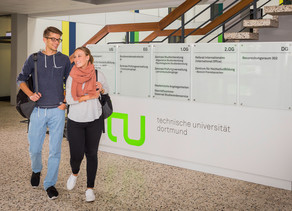
![[Translate to English:] Partner Four hands are holding the green logo of TU Dortmund University](/storages/tu_website/_processed_/1/d/csm_Partner_Nicole_Rechmann_KW_40b35bb3fd.jpg)

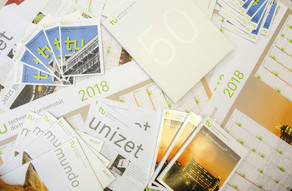
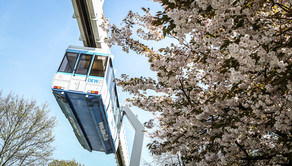
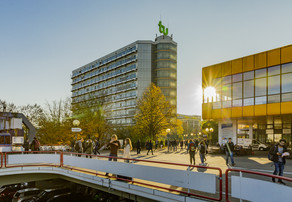
![[Translate to English:] Forschung An apparatus with tubes in a laboratory](/storages/tu_website/_processed_/0/c/csm_Forschung_Juergen_Huhn_cbd34afd6d.jpg)
![[Translate to English:] Studium Five students are sitting in a lecture hall. They are talking to each other.](/storages/tu_website/_processed_/c/9/csm_Studium_FelixSchmale_81d94adc86.jpg)
